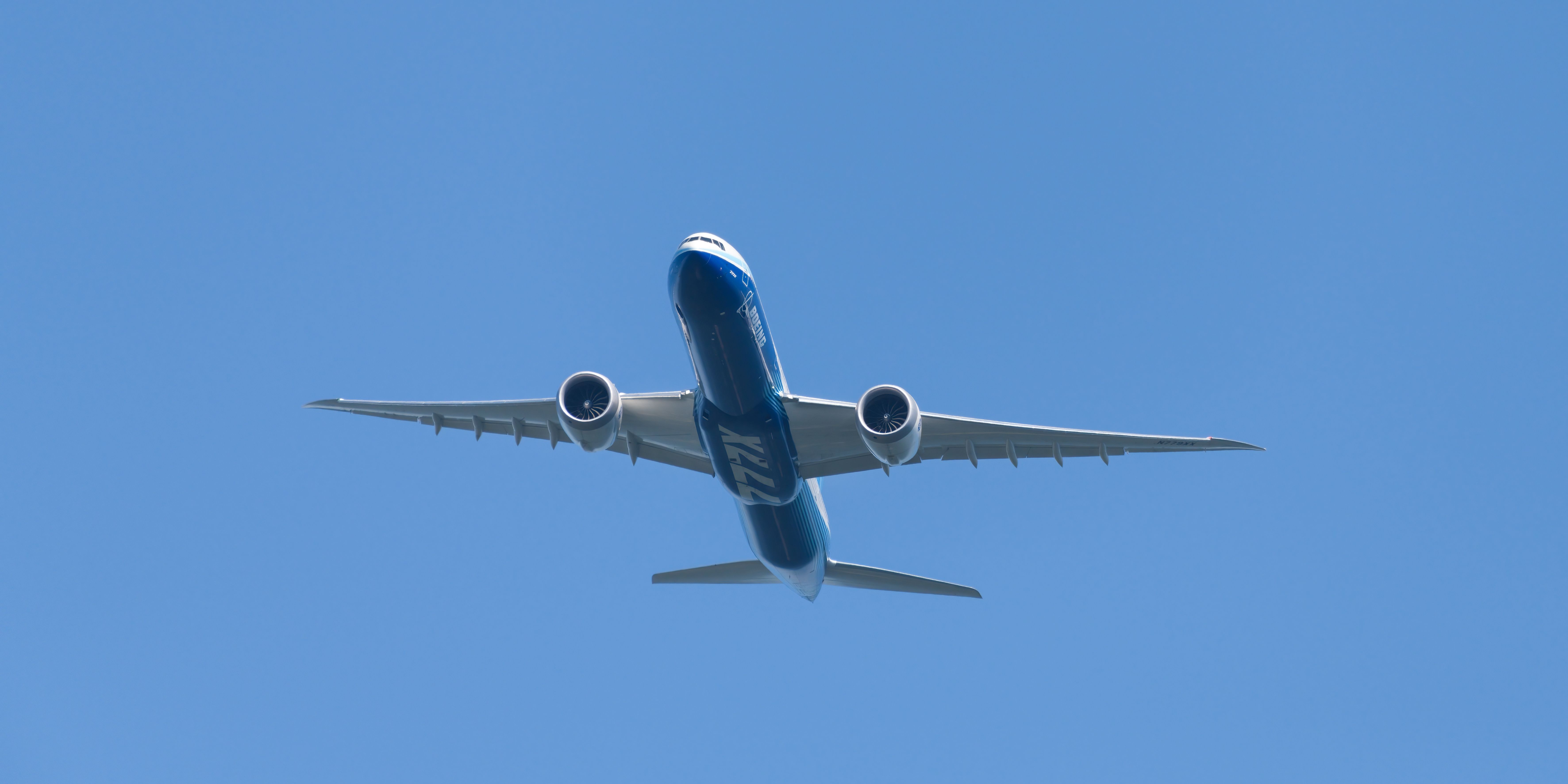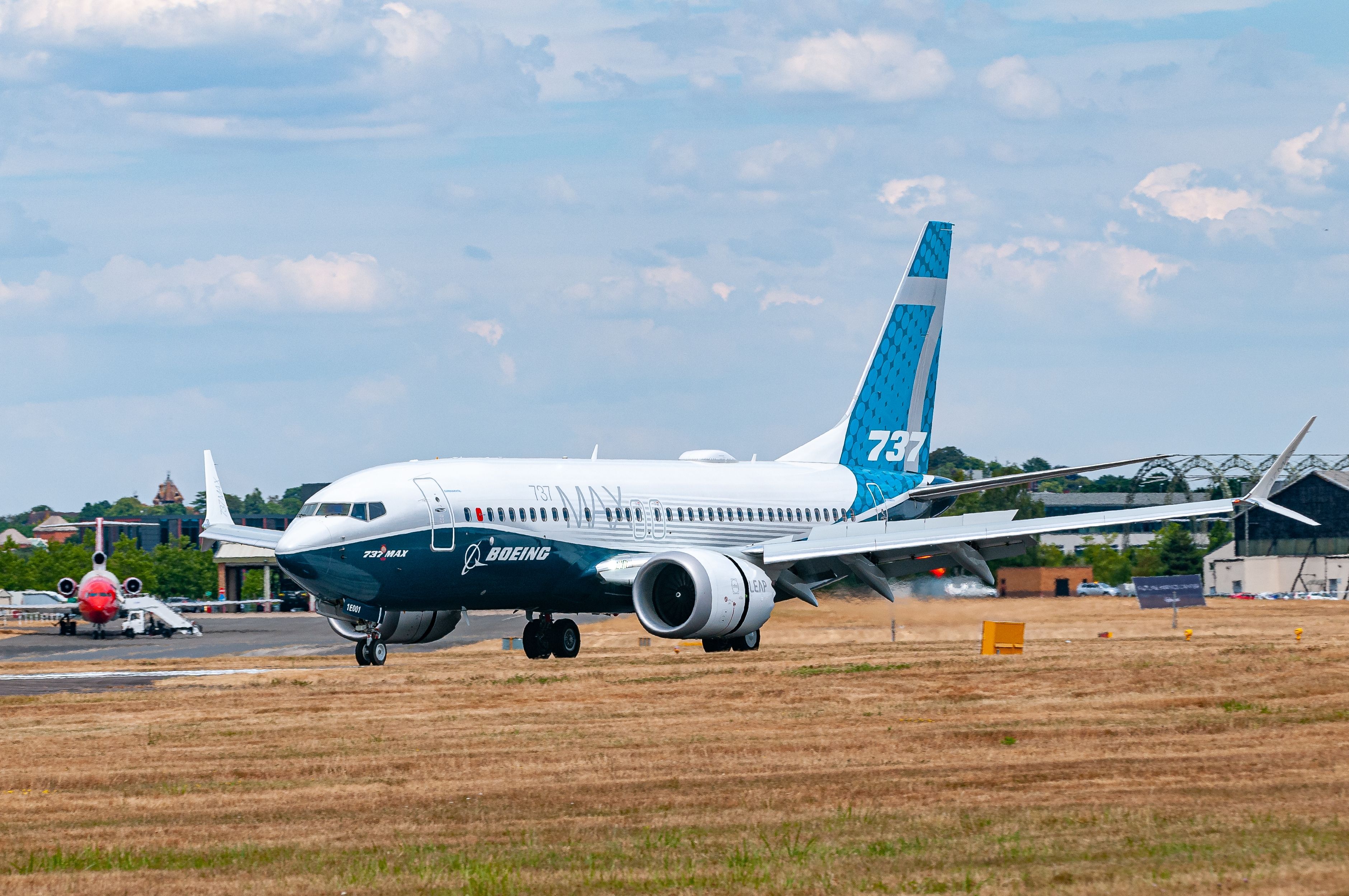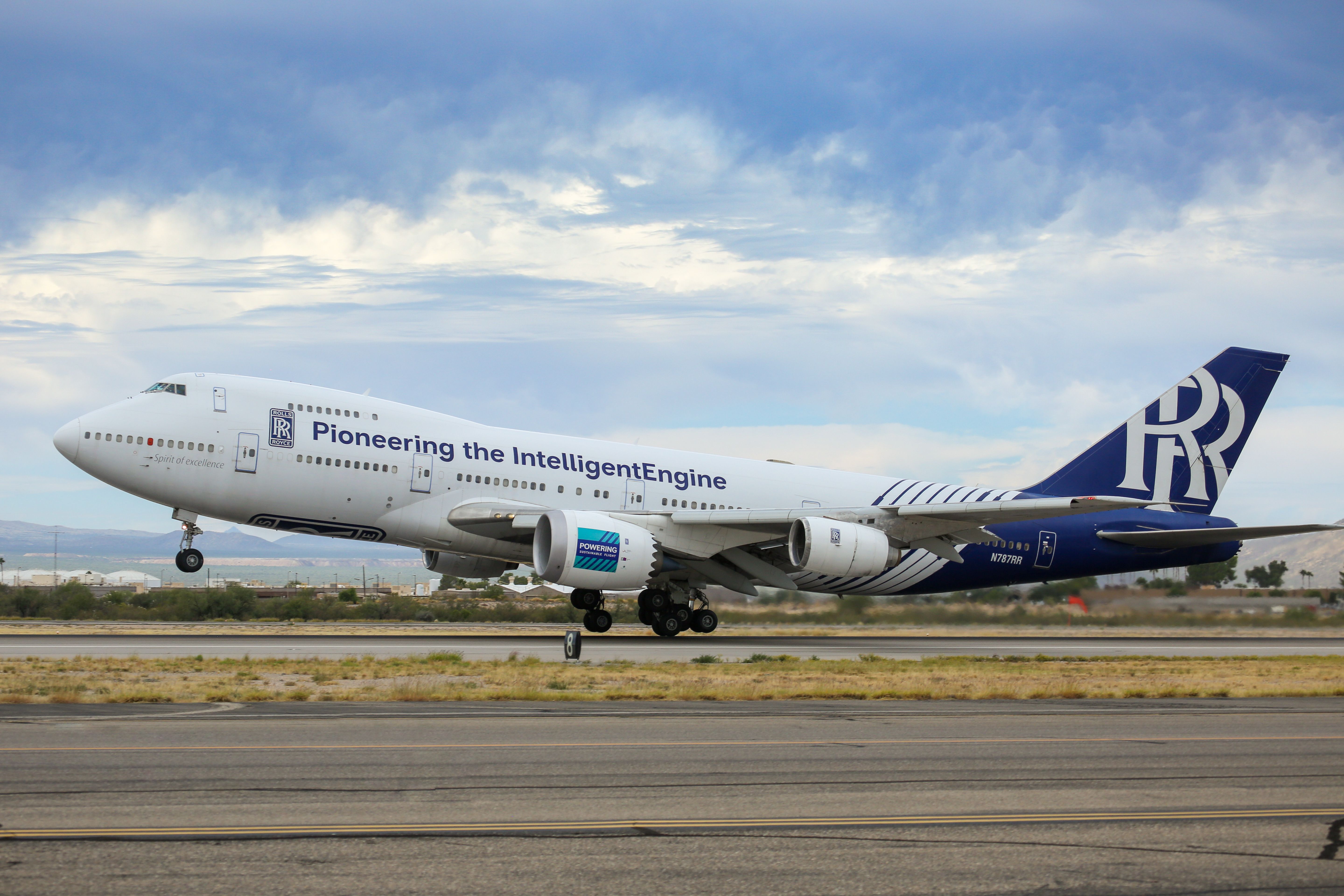Flutter in aviation is defined as an instability caused by the interaction of various forces in flight. Flutter typically results in somewhat oscillating movement of control surfaces, primarily wings. This type of aeroelastic instability occurs when the aircraft is exposed to aerodynamic, inertial, and elastic forces.
Aircraft manufacturers analyze aircraft structures in detail to ensure unsteady aerodynamics and elasticity principles are considered when a design is finalized. Moreover, flutter is tested comprehensively during the test phase of a new aircraft. Successful wind tunnel tests, ground tests, and flight tests ensure that the aircraft is structurally sound and safe to fly within the design envelope.
Managing the aeroelastic flutter of structural components is essential for flight safety. Successful flutter testing ensures the structural integrity of the aircraft, an essential prerequisite for its airworthiness certification.
Aeroelastic forces
- Aerodynamic forces: Fluid Mechanics
- Elastic forces: Structural Mechanics
- Inertial forces: Dynamics and Control
Static and dynamic aeroelasticity occurs as a result of the interaction of aerodynamic, elastic, and inertial forces. Each of these forces is independently analyzed before a more comprehensive flutter analysis is carried out.
The interaction of all aerodynamic forces is tested on the aircraft during the aircraft certification tests. Typically, the testing is performed in two steps:
- Ground Vibration Tests (GVT)
- Flight Vibration Tests (FVT)
Photo: Ian Dewar Photography I Shutterstock
According to Airbus,
“The purpose of flutter tests is to make sure the structure is free from any flutter and load issue up to VD (dive speed) and MD (dive Mach) in flight, with a calculated margin of 15%. VD and MD are the maximum CAS and maximum MN used for structure load cases. The test consists of exciting the structure at different frequency modes and progressively analyzing the aircraft’s response up to VD and MD.”
Ground Vibration Tests (GVT)
As the name suggests, the GVT is performed during a ground test campaign where various systems, including engines, are run, and the aircraft is tested for vibration or flutter. Each component has a limit of vibration it can withstand, and all tests must be successful for GVT. Specialized vibration sensors are installed within the engines to manage vibrations during engine operation.
Photo: Wirestock Creators | Shutterstock
For structural tests, hundreds of accelerometers are installed in various positions on the aircraft structure. Electromagnetic actuators “shake” the aircraft structure, allowing the accelerometers to record varying load data under various simulated flight conditions.
A large amount of data is collected during GVTs, which is analyzed through various mathematical and numerical methods to iterate on the initial design. The data collected during GVTs serve various purposes, including,
- Flutter analysis for aircraft structure
- Reliable information about structural behavior in flight
- Inspection and improvement of the mathematical computer model
- Computational Fluid Dynamics (CFD) analysis
Flight Vibration Tests (FVT)
Characteristics of flutter
- Oscillations diverge very quickly
- The risk of flutter within the flight envelope is very high
- Various vibration modes affect wings, engines, empennage, and other control surfaces
Aside from the successful ground tests, the actual tendency of the aircraft to flutter is tested in the air. The FVT is performed during actual flight tests, where structural components are put through a variety of loads during test maneuvers. Test pilots simulate specific maneuvers to initiate flutter. For example, both the minimum and maximum speeds specific to the phase of flight are approached to begin the fluttering behavior.
Photo: Rolls-Royce
According to the National Aeronautics and Space Administration (NASA),
“A systematic monitoring of the flutter behavior of the airplane as test speeds are increased in increments up to the design speed limit was established as the basic flight flutter test plan. Telemetering of response data to a ground station permitting a crew of flutter personnel to analyze the behavior of the airplane carefully during flight flutter tests was considered an essential part of the plan to provide maximum overall flight safety.”
While the loads initiated during flutter tests are far greater than what is experienced during a typical flight, those loads are within the aircraft’s design limits. During a series of test maneuvers, sensors record flight data for analysis. Moreover, following the completion of the test flight, the aircraft is precisely examined for structural or component damages.
Four-engine aircraft frequently encounter difficulties in the area of flutter. The reason is that the external engines may strongly contribute to various oscillations.
Both the GVT and FVT validate the structural integrity of the aircraft and its stability in the air under external loads.




